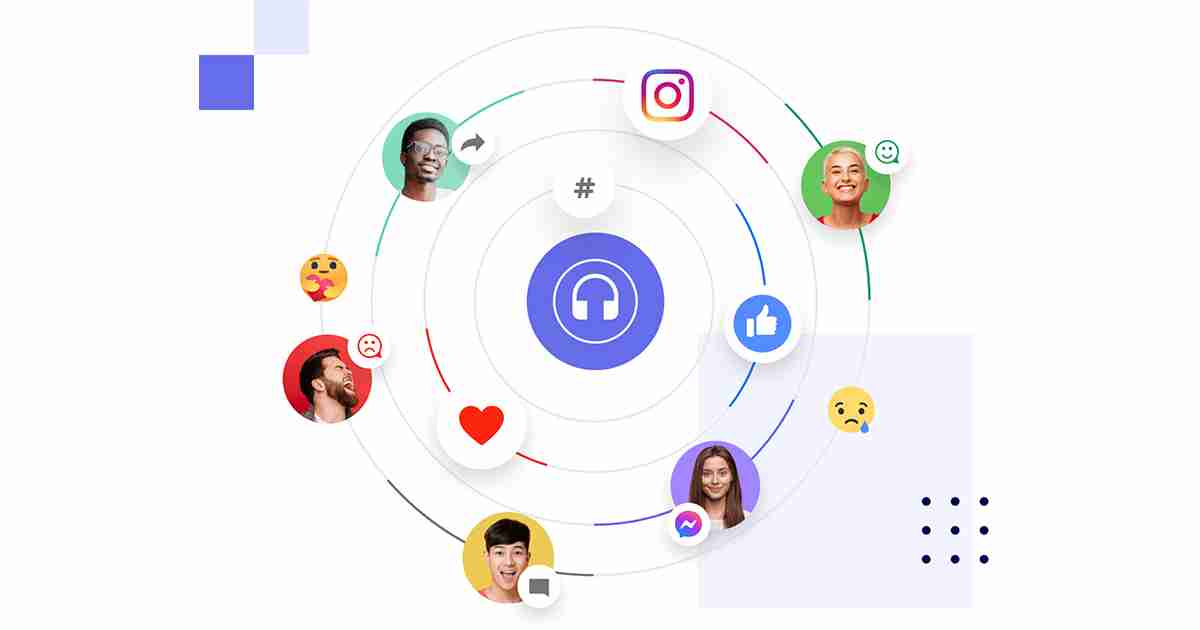## **How Do I Do Social Listening? A Complete Human-Friendly Guide**
In today’s digital world, your customers are constantly talking—sharing opinions, asking questions, praising brands, and highlighting frustrations. These conversations happen across social media platforms, blogs, forums, review sites, and even comment sections. If you’re not paying attention to these discussions, you’re missing out on valuable insights. That’s exactly why **social listening** has become one of the most essential skills for modern businesses. It helps you understand your audience, anticipate problems, and strengthen your brand’s online presence.
But the big question is: **How do you actually do social listening in a simple, effective way?**
Let’s break it down step by step.
---
## **1. Start by Knowing What You Want to Listen To**
Social listening becomes easier when you know what you’re looking for. Before diving into tools or data, set your goals clearly. Think about the areas you want to monitor. This could include:
* Your brand name and variations
* Your products or services
* Competitor brands
* Industry keywords
* Customer pain points
* Trending topics within your niche
When your focus is clear, you can track the right conversations instead of drowning in unnecessary noise. Social listening is effective only when you’re listening with intent.
---
## **2. Identify Where Your Audience Actually Talks**
Not all platforms matter equally. Your audience might be more active on Instagram, or maybe discussions happen more on LinkedIn, Twitter, or YouTube. Some brands may find more conversations on Reddit or Quora instead of traditional social networks.
To do proper social listening, find out:
* Which platforms your customers use most
* Where people discuss your industry
* Which communities influence your niche
When you focus on the platforms that matter, you capture insights that reflect real sentiment.
---
## **3. Choose the Right Social Listening Tools**
While you can manually track mentions, hashtags, and comments, using a tool makes the process more efficient and accurate. Social listening platforms help you monitor conversations happening in real time and analyze them for trends, sentiment, and keywords.
You don’t need expensive software to get started. Even basic tools can give you clear insights. As you scale, advanced tools allow you to track deeper analytics, audience behavior, and competitive performance.
---
## **4. Track the Conversations That Matter Most**
Once your tools and keywords are set, begin monitoring the conversations happening online. Pay close attention to:
### **Brand Mentions**
See what people are saying about your brand—even when they don’t tag you.
### **Customer Questions and Complaints**
These often reveal problems you may not be aware of.
### **Competitor Activity**
Tracking what audiences say about your competitors helps you understand what they are doing right—or wrong.
### **Industry Discussions**
This helps you stay updated on trends and evolving customer interests.
### **Sentiment and Emotion**
Listening is not just about what people say, but how they feel. Positive, negative, or neutral sentiment carries important meaning.
---
## **5. Analyze the Insights Instead of Just Collecting Data**
Social listening is more than watching conversations—it’s about understanding them. Gather the information, but then take time to analyze patterns.
Ask yourself:
* What are customers happy about?
* What recurring complaints or concerns do they mention?
* What content types generate the highest engagement?
* Which competitors are gaining attention and why?
* What new trends or opportunities are emerging?
When you look deeper, the insights become clear and actionable.
---
## **6. Turn Insights into Actionable Strategies**
Social listening has real value only when insights translate into action. Once you know what customers want, expect, and dislike, use the information to improve your brand.
Here’s how companies apply social listening effectively:
### **Improve Customer Support**
Address issues quickly by responding to concerns before they grow.
### **Enhance Product Quality**
Use feedback to refine features or fix existing problems.
### **Strengthen Content Strategy**
Create content that aligns with what your audience cares about.
### **Refine Marketing Campaigns**
Learn which messages and formats resonate best.
### **Protect Brand Reputation**
Spot negative sentiment early and respond thoughtfully.
### **Discover New Opportunities**
Trends reveal ideas for new products, services, or campaigns.
---
## **7. Engage with Your Audience Authentically**
Social listening isn’t only about monitoring—it’s also about engaging. When someone asks a question, expresses frustration, or praises your brand, respond in a genuine way. Whether the comment is positive or negative, timely engagement builds trust and shows customers that you value their voice.
Even simple interactions like thanking someone for feedback can go a long way toward strengthening your relationship with your audience.
---
## **8. Make Social Listening an Ongoing Habit**
Social listening is not a one-time task—it’s a continuous process. Online conversations are constantly changing, and customer expectations shift quickly. Staying updated helps you remain relevant, competitive, and prepared for challenges before they arise.
The more consistently you listen, the more naturally you begin to understand your audience.
---
## **Conclusion**
Social listening is one of the smartest ways to understand your customers and improve your brand. It helps you uncover real conversations, identify opportunities, and stay ahead of competitors. By choosing the right platforms, tracking meaningful keywords, analyzing insights, and taking consistent action, you turn everyday social chatter into powerful business intelligence. When you listen intentionally, you don’t just follow trends—you shape them.
More Info:https://marcitors.com/social-l....istening?utm_source=






